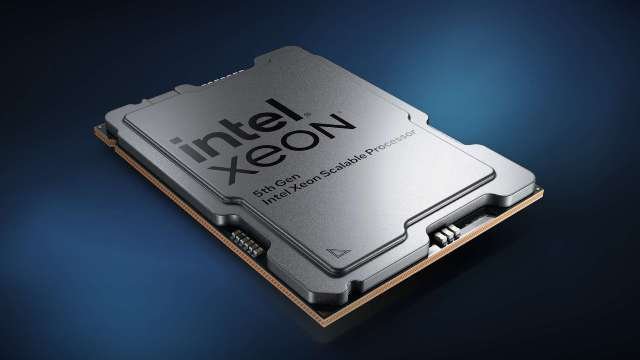Intel announced a major executive shake-up, marking a major step in CEO Lip-Bu Tan’s strategy to streamline operations and revitalize the struggling U.S. chipmaker.

The leadership changes include the departure of long-time Intel veteran Michelle Johnston Holthaus, along with several key new appointments aimed at strengthening the company’s data center, custom silicon, and client computing divisions.
Michelle Johnston Holthaus Steps Down After 30 Years
Michelle Johnston Holthaus, who served Intel for more than three decades, will be leaving the company after holding multiple senior leadership roles. She briefly served as interim co-CEO following the exit of Pat Gelsinger last year. Although she is stepping down, Holthaus will remain as a strategic adviser during the transition period, Reuters news report said.
Kevork Kechichian Joins from Arm to Lead Data Center Group
Intel has hired Kevork Kechichian as executive vice president and general manager of the data center group. A semiconductor industry veteran, Kechichian previously served as executive vice president of engineering at Arm. He has also held leadership roles at NXP Semiconductors and Qualcomm, bringing decades of chip design and engineering expertise to Intel’s critical data center business.
New Central Engineering Group to Drive Custom Silicon
The company also announced the creation of a new central engineering group under Senior Vice President Srinivasan Iyengar. In addition to his engineering leadership, Iyengar will oversee the development of Intel’s new custom silicon business, designed to serve a broad spectrum of external customers—a move that signals Intel’s push to diversify revenue and tap into the fast-growing custom chip market.
Expanded Roles for Key Executives
Naga Chandrasekaran, currently executive vice president and chief technology and operations officer of Intel Foundry, will expand his responsibilities to include Foundry Services.
Jim Johnson has been appointed as general manager of Intel’s client computing group, one of the company’s most important divisions responsible for PC chips.
Intel’s Restructuring Amid Political Pressure
The leadership overhaul comes at a time of uncertainty for Intel. U.S. President Donald Trump recently announced that the government would acquire a 10 percent stake in the company, citing national security and competitiveness concerns in the global semiconductor race. Trump has also publicly called for CEO Lip-Bu Tan’s resignation, pointing to alleged conflicts of interest.
Despite political challenges, Tan is moving forward with his plan to flatten Intel’s leadership structure and cut jobs to make the company more agile. The focus on strengthening data center operations, expanding foundry services, and investing in custom silicon reflects Intel’s broader turnaround strategy.
Conclusion
Intel’s executive shake-up underscores the urgency of its transformation efforts as it seeks to regain lost ground in the semiconductor industry. With new leadership, expanded roles for key executives, and a renewed push into custom chip design, Intel aims to position itself for long-term growth in an increasingly competitive global market.
TelecomLead.com News Desk
